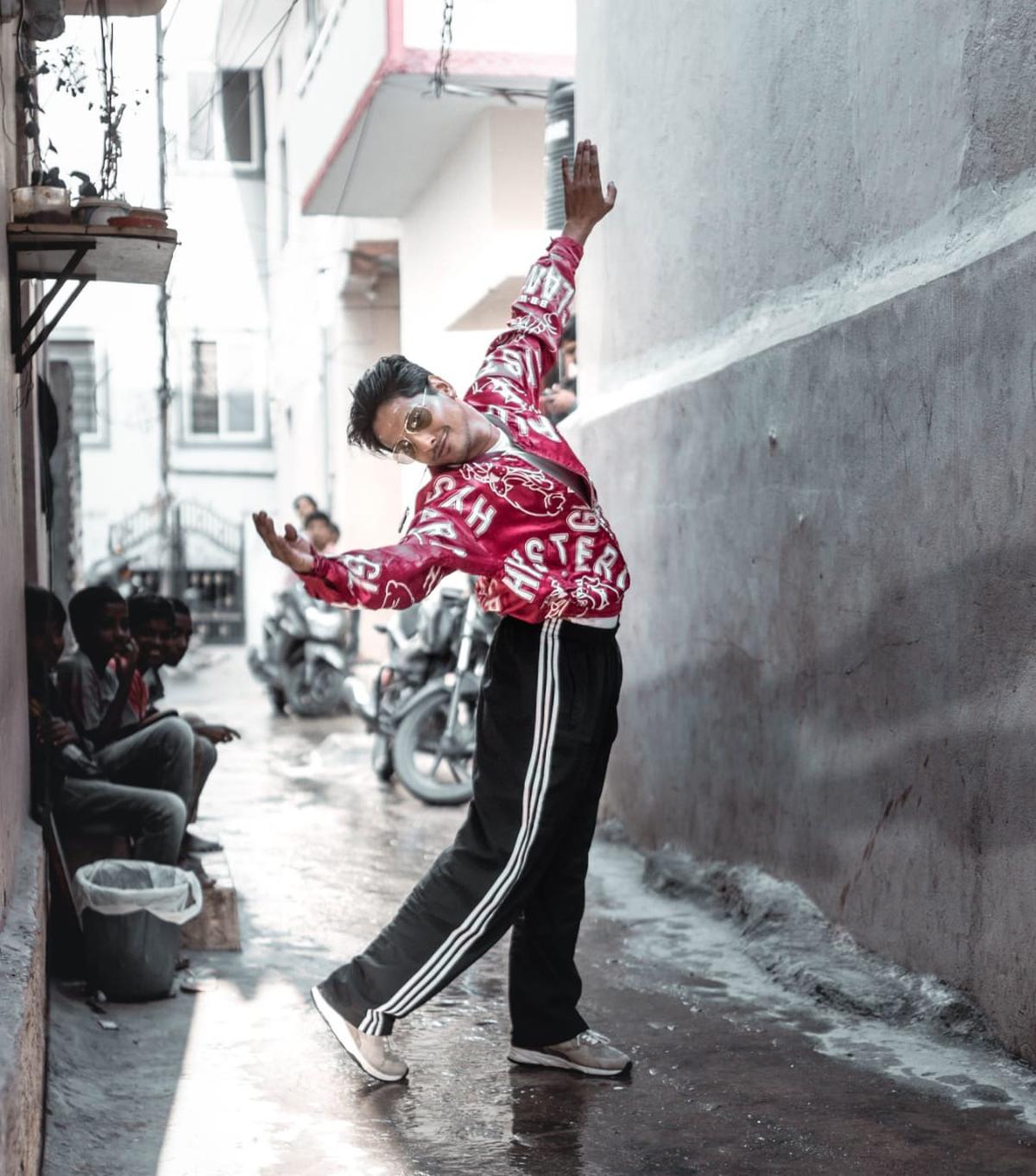Performing arts channelise the strengths and vulnerabilities of the LGBTQ+ community in Hyderabad
Performing arts channelise the strengths and vulnerabilities of the LGBTQ+ community in Hyderabad
In Hyderabad, drag performances are on the rise; from just three drag queens in 2019 to eight drag queens and three drag kings this year. Of late, more members of the LGBTQ+ community are taking to the performing arts, perhaps owing to Article 377 being read down and a gradual rise in social acceptance.
Drag artiste Patruni Chidananda Sastry, a product specialist at FactSet, an American financial data and software company, is working on a concept shoot to recreate the image of Bal Gandharva, the Marathi singer and stage artiste known for portraying female characters at a time when women were not allowed on stage.
Patruni adds, “People jump into art as it gives them space to recreate their own reality.”
Assertion of identity
From wanting to copy an established drag artiste for his first performance in 2019 to not focussing on creating a ‘happy image’ in performance in 2022, he has evolved as a drag performer. “Speaking my heart or creating a counter makes me release my emotions in the form of art. It eases my emotional dependencies and helps me combat it regularly,” says Patruni, who finds a thin line of connectivity with the looks on stage. “For example, Dasha Maha Vidya, depicting the idea of Devis in drag made me celebrate the feminine in every form.”
Asserting that drag is multidisciplinary, he rewrites Telugu folk songs and presents them online and at queer events in the city. Patruni also creates content with Rangula Rattnam, a queer-specific Telugu podcast that aims to give ‘words and experience of queerness.’ “These conversations help Telugu queer kids not only know the lingo but also help to come out to their family and friends. As we cover positive stories, it helps them give a better picture.”
Accept and educate
Every time Vaibhav Kumar Modi steps on the stage, the queer artiste is channelling the self. “There is nothing that isn’t visible on stage Any person, queer or not, is vulnerable there. The audience can see the performer’s nervousness or confidence; it is like ‘being naked’ to the world,” says this classical dancer and founder of Hyderabad-based curation house Dark Vibe Society.
To be able to put everything aside and perform is a cathartic experience. He says, “When the feelings of trauma, phobia and anxiety experienced are channelised into something artistic on stage, the feeling of ‘being able to create something on my own’ brings acceptance. Art is the facilitator that helps, irrespective of who you are.”
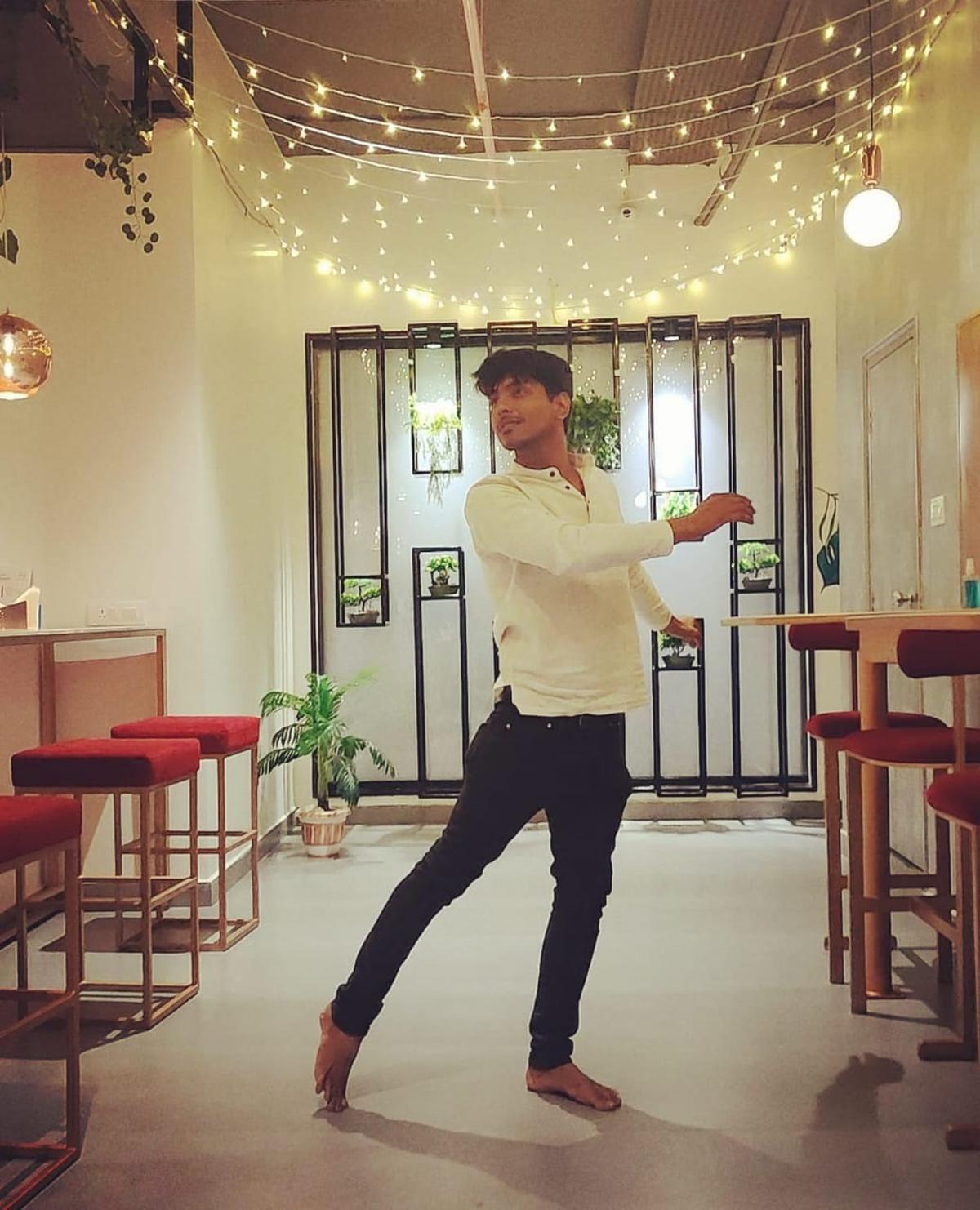
Vaibhav Kumar Modi
| Photo Credit: Special arrangement
Kathak has been a medium to embrace his vulnerability and channelise emotions. In the four years of training — first from Mangala Bhatt and now with Mohit Sridhar — Vaibhav has done around 15 performances.
Dance teachers have played a positive role with their ‘tell the truth and do what is important and right for you’ mantra. “My teachers have told me, ‘Art is incomplete as long as you don’t put yourself, and what and how you feel, into it,” says Vaibhav.
Dvibhanga’, his recent production with Mohit brought duality to the fore with a focus on Ardha Narishwara and the story ‘of a person with two souls — Arjuna and Brihannala from Mahabharata. “The story was narrated by two Kathak artistes simultaneously; we were both doing the same steps but you could see the difference between us.”
Having received the ‘best support from the audience’ Vaibhav feels lucky. “I do feel education dispels fear and that changes audience perception; the only difference here is that I try to educate through my art.”
Music as a medium
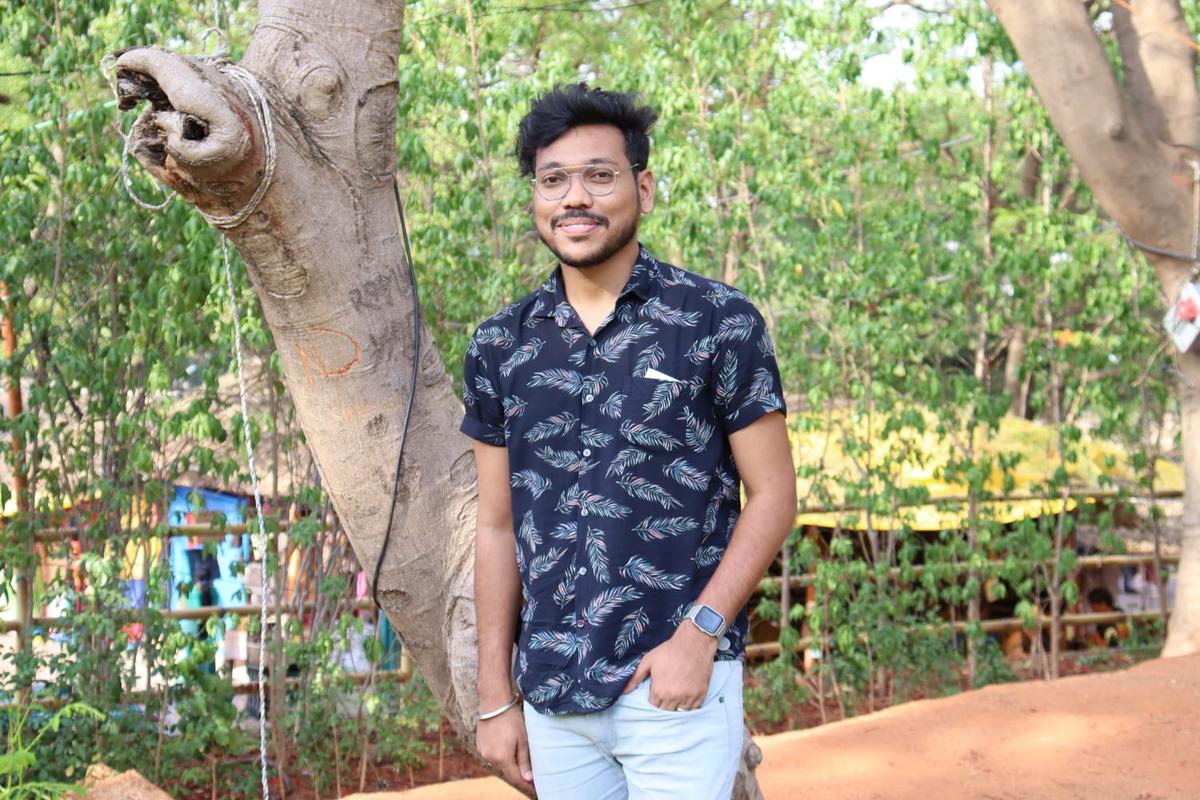
Sandi
| Photo Credit: Special arrangement
“Music calms me down; I can express the way I want to and it relaxes and rejuvenates me during the bad days,” says Sandeepan Kushary aka Sandi, an MNC employee and LGBTQ+ activist. He finds solace in Hindustani classical music, especially in Raag Kafi, which is known to evoke a feeling of calmness among listeners.
Born in a family of musicians, his interest in music was organic. Having learnt Rabindra Sangeet at 12, he was keen to learn Hindustani music when he shifted to Hyderabad in 2013. “I waited for three years as I was scared of being judged. Now I am happy to have found a guru,” says Sandi referring to his music teacher and vocalist Aradhana Karhade.
He adds, “Dance and painting are popular expressions for queers to vent to their emotions. Singing is also popular but it has limitations when it comes to portraying inclusivity through art.”
Work is identity
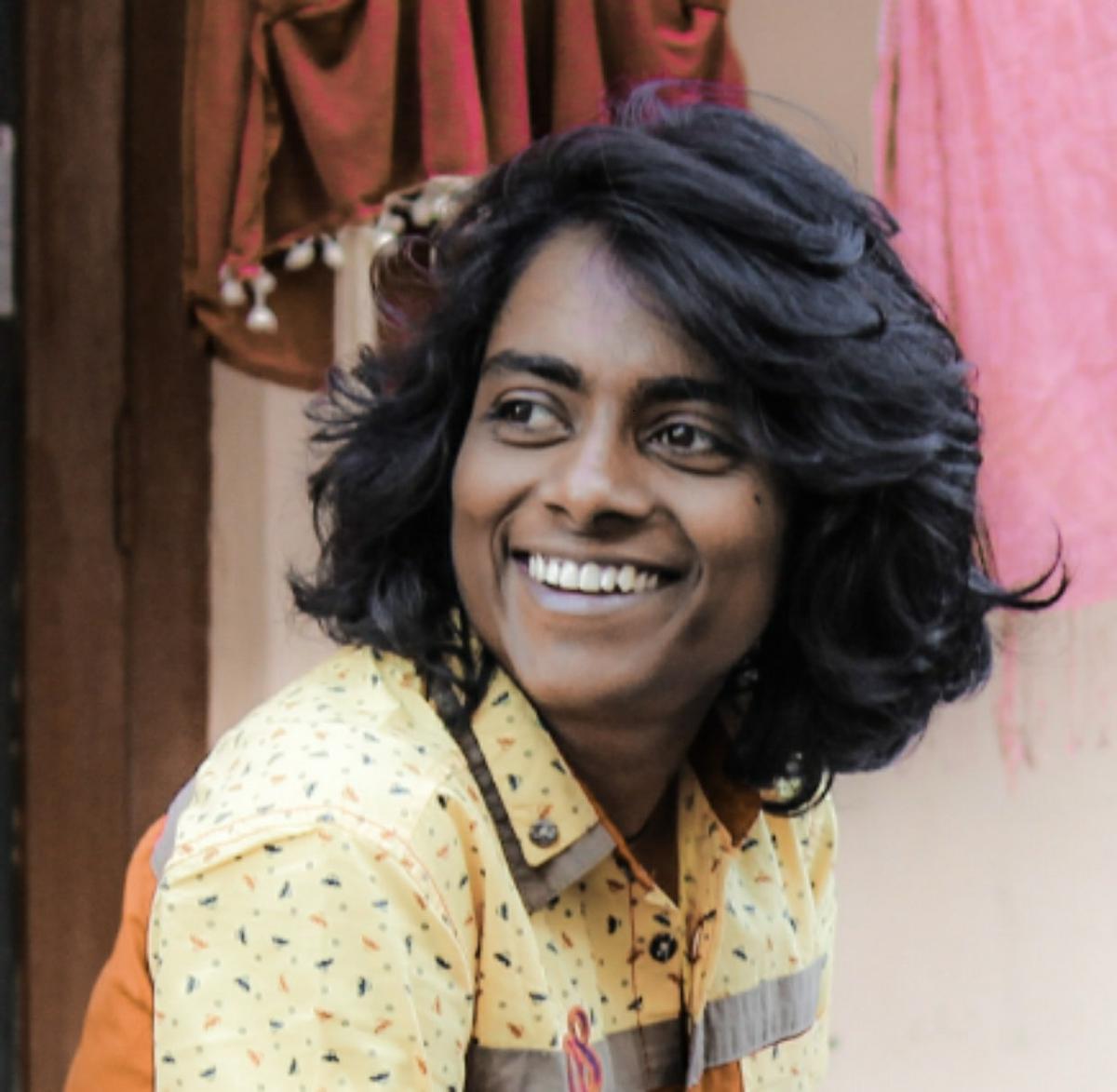
Shailaja Padindala
| Photo Credit: Special arrangement
Filmmaker Shailaja Padindala recently moved to Hyderabad from Bengaluru. Her lesbian Kannada film Nanu Ladies won the Best film award at the recent WashingtonDC South Asian Film Festival.
“Human beings are artistic; heterosexuals are the majority so their expression is normalised. But for those who are queer, self-expression is taboo. So we use music, cinema, art and drag shows as our writing tools to express our queerness and identity, to normalise and bring awareness of our existence and who we are as we are minorities.”
In Bengaluru, Shailaja started as a painter and sculptor but was drawn to filmmaking during her Fine Arts course. Now a composer and dancer, Sailaja says, “The avenues of expression for the queer community were not as liberal 15 years ago as they are now. Art was one way through which we could talk about ourselves abstractly.”
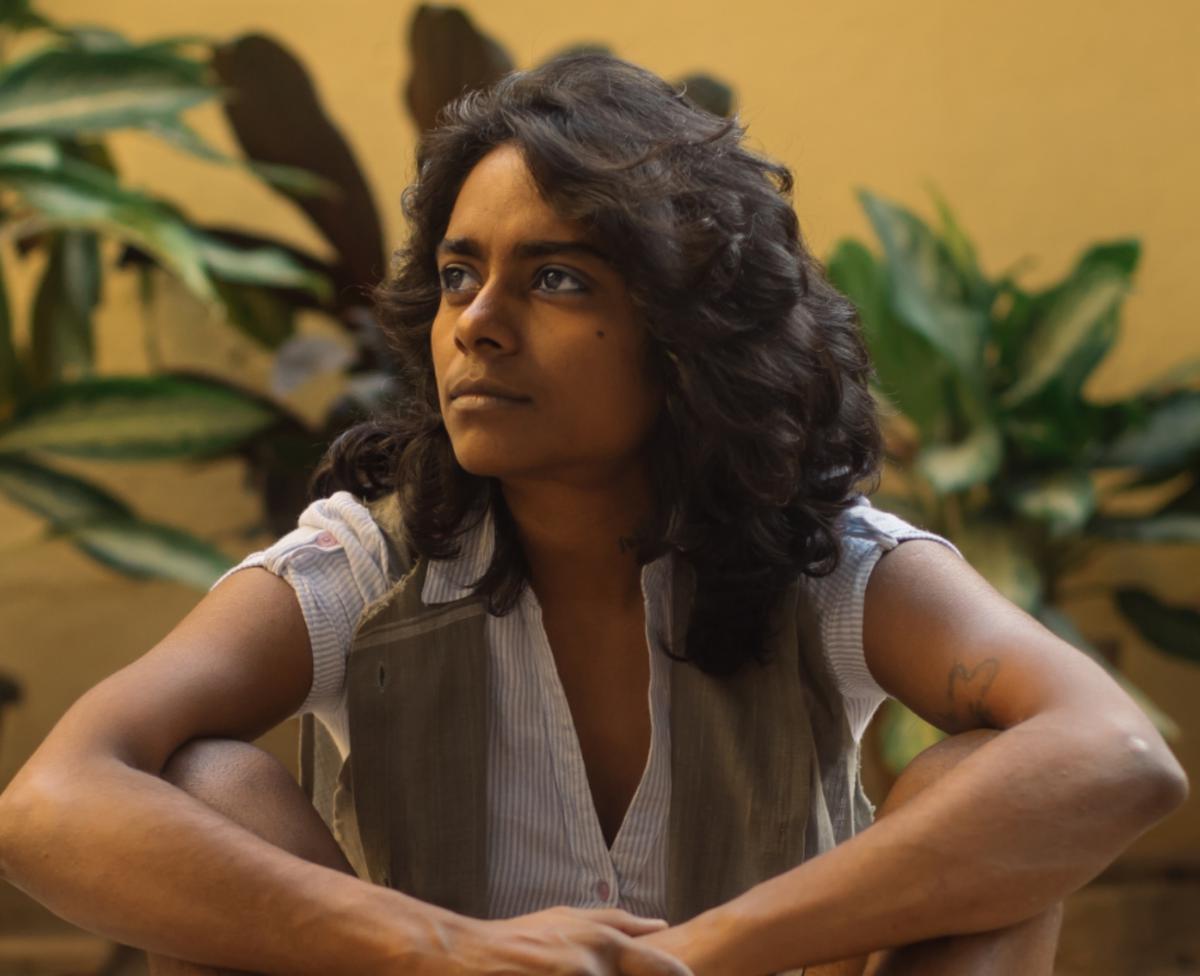
Shailaja Padindala
| Photo Credit: Special arrangement
She believes her work gives her an identity. If as an artist, her paintings depicted sexuality, queer love and a voice against patriachy, she admits films don’t have that kind of scope. “I identify myself as a queer person first rather than any other identity. Art has taken me a long way to be able to express myself and fight to fit into society.”
She strives to bring in queer-related content in her movies. “Queer people and the community have always been shown in a derogatory way in films. Queer people telling their own stories has more weightage because it is their first-hand experience.”




















